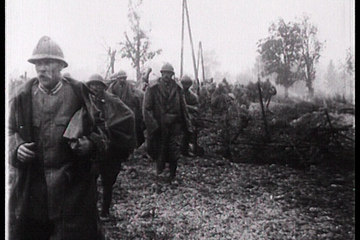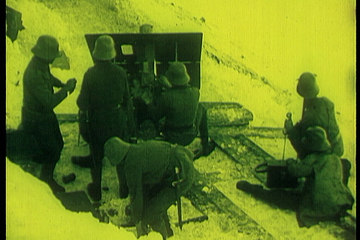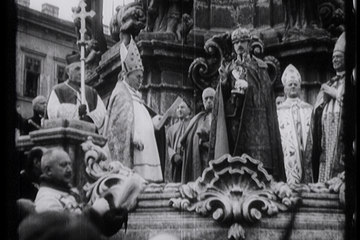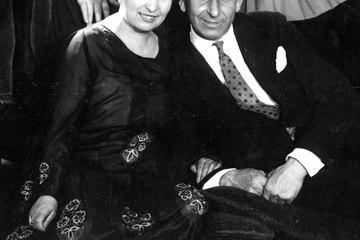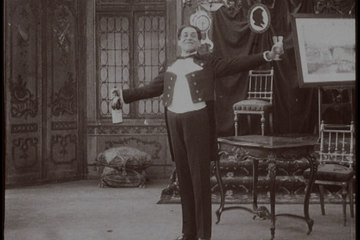The enemy in film
The Austro-Hungarian film propaganda centred above all on the presentation of the imperial household and the military and economic strength. It was not just a question of outdoing the enemy but trying to match the over-representation of propaganda by allied Germany.

